iMore Verdict
Bottom line: Keychron K1 V4 is a low-profile mechanical keyboard with aluminum body that is comfortable to type on for extended periods of time. You can choose from Gateron Low Profile Red, Blue, or Brown switches, white or RGB backlighting, and either 87-key (tenkeyless) or 104-key options. Thanks to the low-profile switches, it's quieter to type on as well.
Pros
- +
Low-profile style is super slim and comfortable to type on
- +
You can go compact with 87-key (TKL) or full 104-key sizes
- +
Mac and Windows compatible, wired or wireless modes
- +
Lightweight aluminum body
- +
White or RGB backlight options
- +
Choice of Gateron Low Profile Red, Blue, or Brown switches
Cons
- -
Very limited keycap customization options
- -
No kickstand for angled typing experience
- -
ABS plastic keycaps get shiny easily
You can always trust iMore.
When it comes to keyboards, it's quite a subjective topic, and we all have our own personal preferences. For example, I prefer mechanical keyboards, because I love feeling each key as I press them, making sure that the keystroke is registered. I also enjoy the "clickity clack" sound that mechanical boards provide, though the sound varies greatly depending on the type of switch that you use. But regardless of switch type, I just like to hear myself (and others) type.
Ever since I got my Keychron K2 V2, I can't see myself going back to using my MacBook keyboard ever again. But for a lot of Apple users, the keyboard of choice seems to be the Magic Keyboard, which I only have experienced through the iPad Pro Magic Keyboard. While the Magic Keyboard is fine and dandy, I think everyone should at least try a mechanical board.
The Keychron K1 V4 is a low-profile mechanical keyboard, so it's like a hybrid between an Apple Magic Keyboard and a full-on mechanical. If you're a Magic Keyboard user who wants to try making the switch, I think the Keychron K1 V4 is the best board to start with.
A great transition from Magic Keyboard to mechanical
Keychron K1 V4 review: What I like
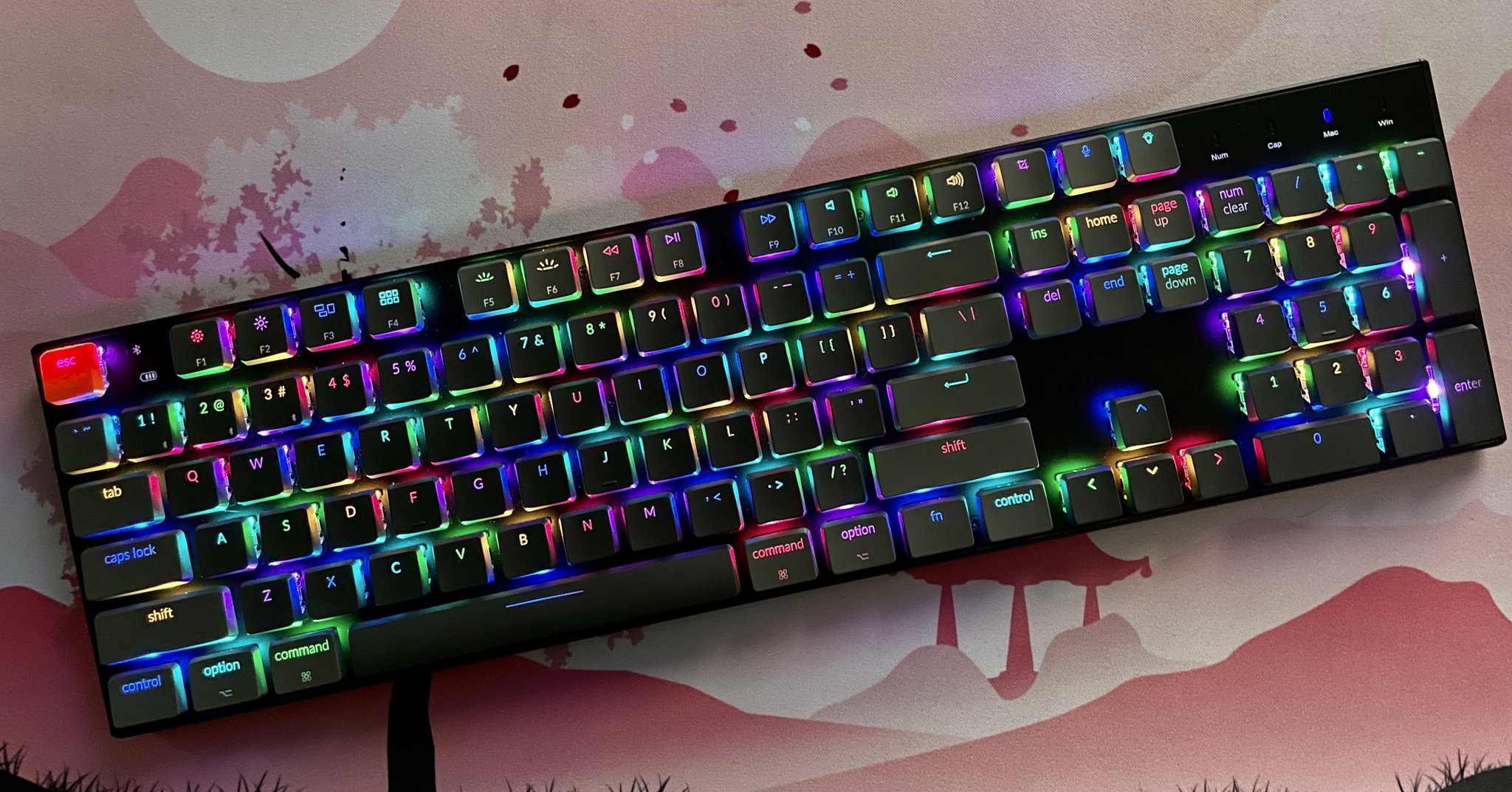
While I don't have a standalone Magic Keyboard, I have used the Magic Keyboards that Apple includes on MacBooks. Honestly, while the scissor-switch is worlds better than the butterfly, I still don't think it is better than a mechanical keyboard. However, the Keychron K1 V4 is a low-profile mechanical board, which brings it more akin to a Magic Keyboard (and alternatives) than a traditional mechanical keyboard. So if you are a Magic Keyboard user but have wanted to try out mechanical keyboards, then the K1 is a great option to start with. Because of the slim, low-profile design, the transition is easier and not as jarring.
Keychron gives you a few options to choose from with the K1 V4: Gateron Low Profile Reds, Blues, or Brown switches, 87-key TKL size or full 104-key, and white or colorful RGB backlighting. For my K1, I chose the 104-key, Gateron Low Profile Brown switches, and RGB. Since my K2 lacks a 10-key number pad (it's considered 75%), I wanted to have that for those times where I need to input data quickly. I appreciate that they give customers the option to choose what best fits their needs, though.
The design is sleek and modern

Since the K1 is low-profile, it's very slim and relatively lightweight, but still has enough heft to not move around much on a desk. It has a small incline to give an angle, but it's not as steep as other mechanical boards. There are also four anti-slip rubber feet on the bottom to minimize movement.
iMore offers spot-on advice and guidance from our team of experts, with decades of Apple device experience to lean on. Learn more with iMore!
Unlike the K2, the USB-C cable for the K1 plugs in from the top, instead of the left, and the toggles for Mac/iOS or Windows/Android, as well as Cable/Bluetooth, are located at the top left edge too. This makes it easier to use other USB-C cables, especially the coiled aviator cables, with the K1 when compared to the K2.
Regardless of which size you choose, the K1 only has an aluminum body, so there's no plastic option (with aluminum frame) like other Keychron keyboards. Due to the low-profile switches and lack of frame, the switches sit on top of the aluminum body, and you can see them from the sides, even under the keycaps. This should also mean that it's actually easier to keep the keyboard clean, since you can see everything.
When it comes to mechanicals, it's all about the switch
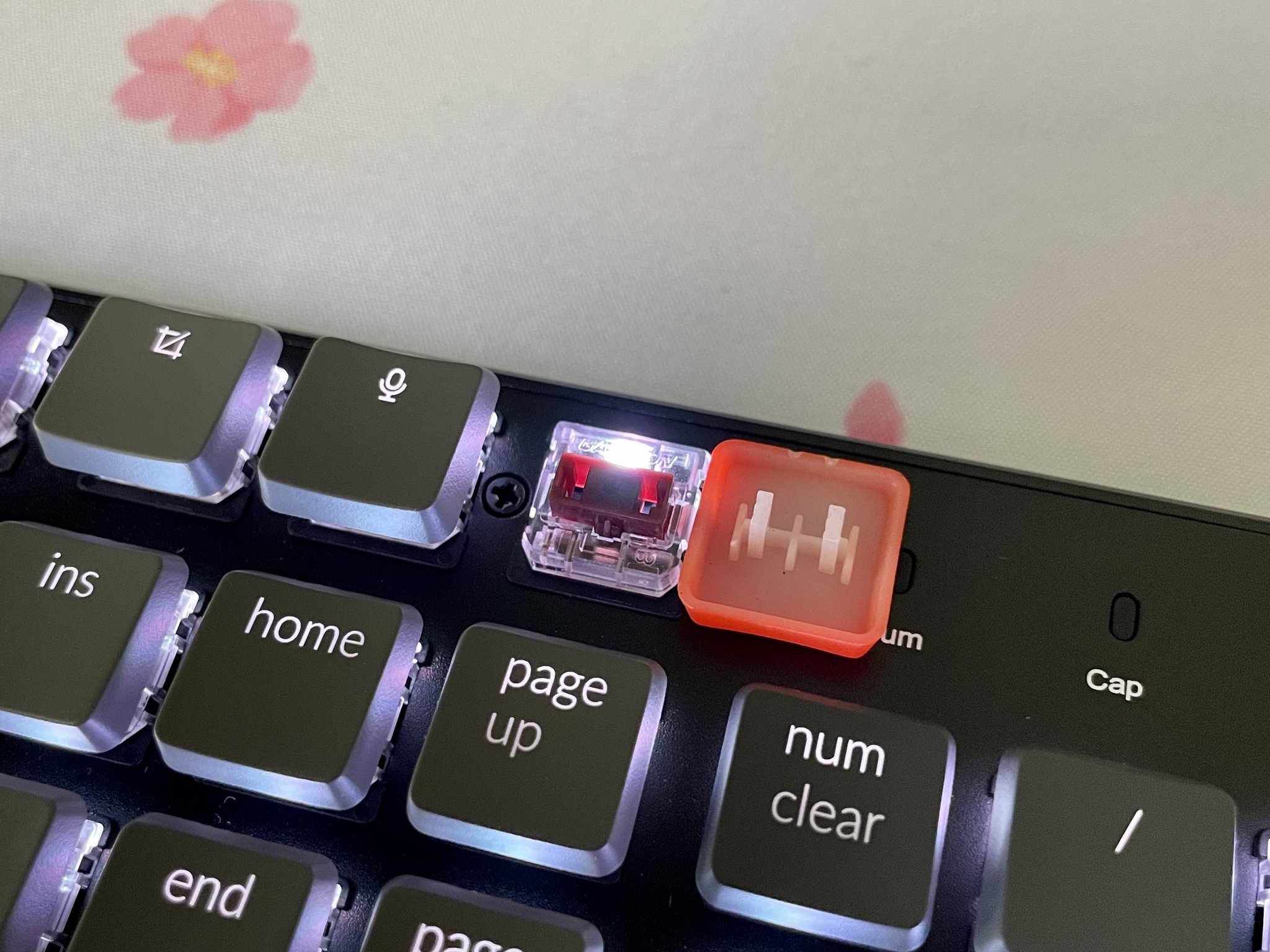
The thing that makes a mechanical keyboard, well, mechanical, is the switch. The K1 comes with three Gateron Low Profile options: Red, Blue, or Brown. I went with the Browns for the K1, and even though I also have regular Gateron Browns in my K2, the feel is slightly different due to the Low Profile switches. If you're new to mechanical keyboards, Reds are quiet linear switches that require the least amount of pressure, making them great for gaming. Blues are the most clicky, and are the loudest switches, so while they sound great, they may not be the best if you work around others who don't like clicky boards. Browns are a middle ground between Reds and Blues, offering a tactile feel when pressed but not as loud as Blues. Browns are great for both gaming and typing.
The Gateron Low Profile Browns still have the same actuation force as regular Gateron Browns (55g±15g), the travel distance is different. Gateron Low Profile Browns have a pre-travel distance of 1.5±0.5mm and total travel of 2.5±0.5mm, which is less than the K2 (at 2±0.6mm and 4±0.4mm respectively). So the Low Profile switches still require the same amount of pressure to press, but have less distance to travel before the keystroke registers. I did notice this when I first switched over and it took some time to get used to, but typing feels slightly easier on the K1, as I have less typos.
And even though the Gateron Low Profile Browns are a tactile switch with a gentle sound, I feel that the K1 is a lot quieter than my K2 with Browns. I personally prefer the sound of the K2, but if you want something that is more quiet but still mechanical, the K1 is great.
The low-profile keycaps on the K1 V4 are comfortable to type on, though they use ABS plastic. They have a curve to them, so your fingers fit nicely into them as you type.
Keychron is always Mac-centric
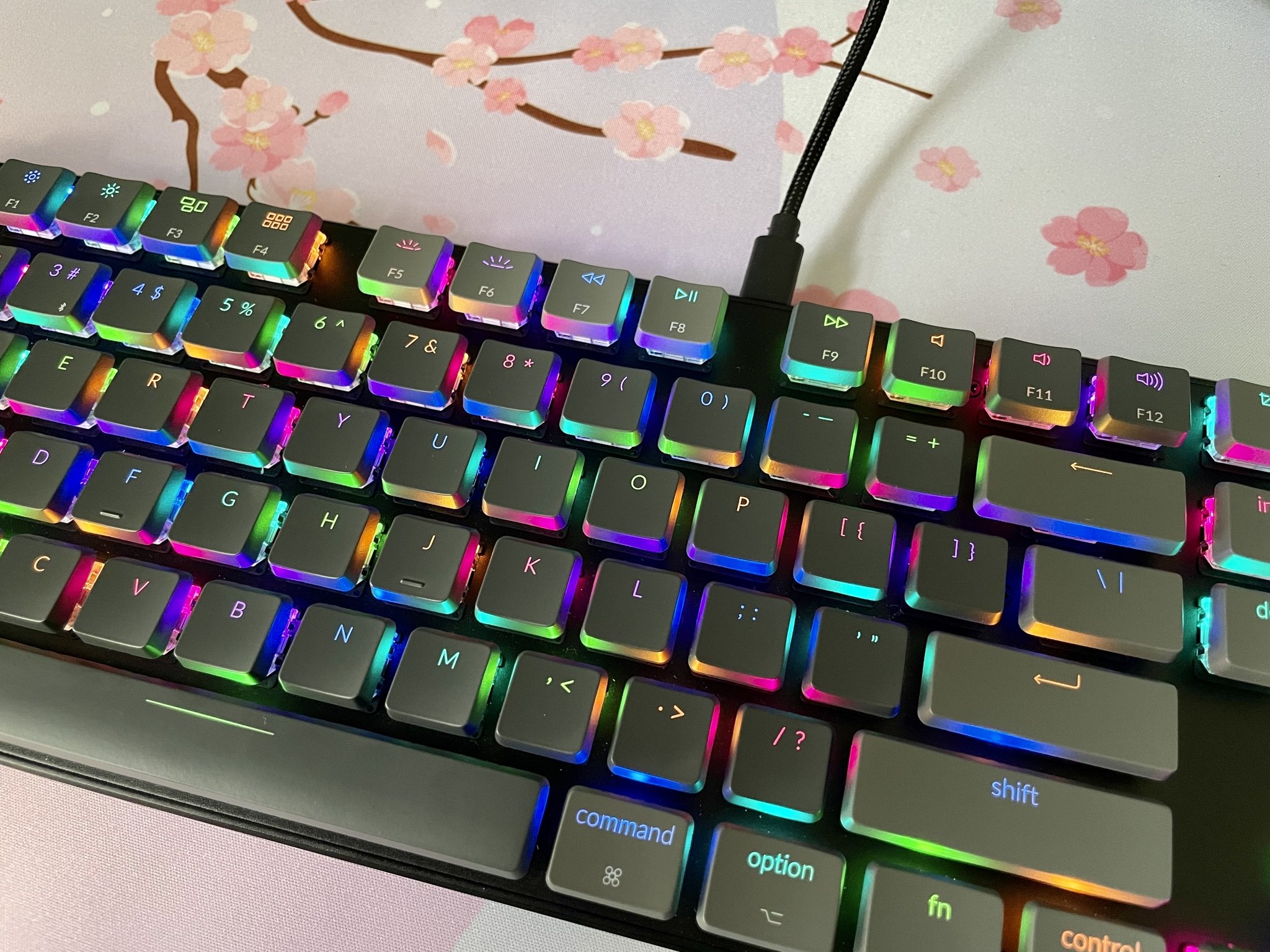
As I continue to dive into the world of mechanical keyboards, I've noticed most mechanical boards are tailored for Windows users. I like Keychron because it's one of the few brands that revolves around Mac, with the option for Windows as well. You get the Mac keys on the board by default, but Keychron includes Windows caps, along with a keycap puller, if you need to switch them out.
The K1 continues to offer a full row of macOS function keys (F1-F12) with the same Mac legends that we expect from Apple keyboards. They function exactly as they should, and make my life easy. You can switch between Mac/iOS and Windows/Android at any time by flipping the switch on the back. Keychron's keyboards are also wireless compatible with any device through Bluetooth, and it can pair up with three devices. To switch, you just need to press the "fn" and the 1, 2, or 3 keys as needed. Toggle cabled or wireless mode with the switch located next to the OS toggle.
Light it up

You get two backlight options with the K1 V4: white or RGB. The keyboard I have has the RGB lighting, which is colorful and bright, especially when you're in the dark. There's a light key on the keyboard that allows you to cycle through the board's 18 different RGB effects, and there are four levels of brightness that you can pick from, or you can turn it off completely. The RGB also lets you change the solid color on some effects just by pressing "fn" and left or right. If you want to lock in your favorite lighting, just press-and-hold fn+L+Light for about five seconds.
While I prefer RGB on my keyboards, it isn't for everyone. That's why Keychron does have a solid white backlight option available, which costs a little less. But if you have the RGB version and just want a solid white color backlight, that's also possible — you just need to cycle to the single color and rotate through the colors until you get white.
Your options for alternate keycap sets is extremely limited
Keychron K1 V4 review: What I don't like
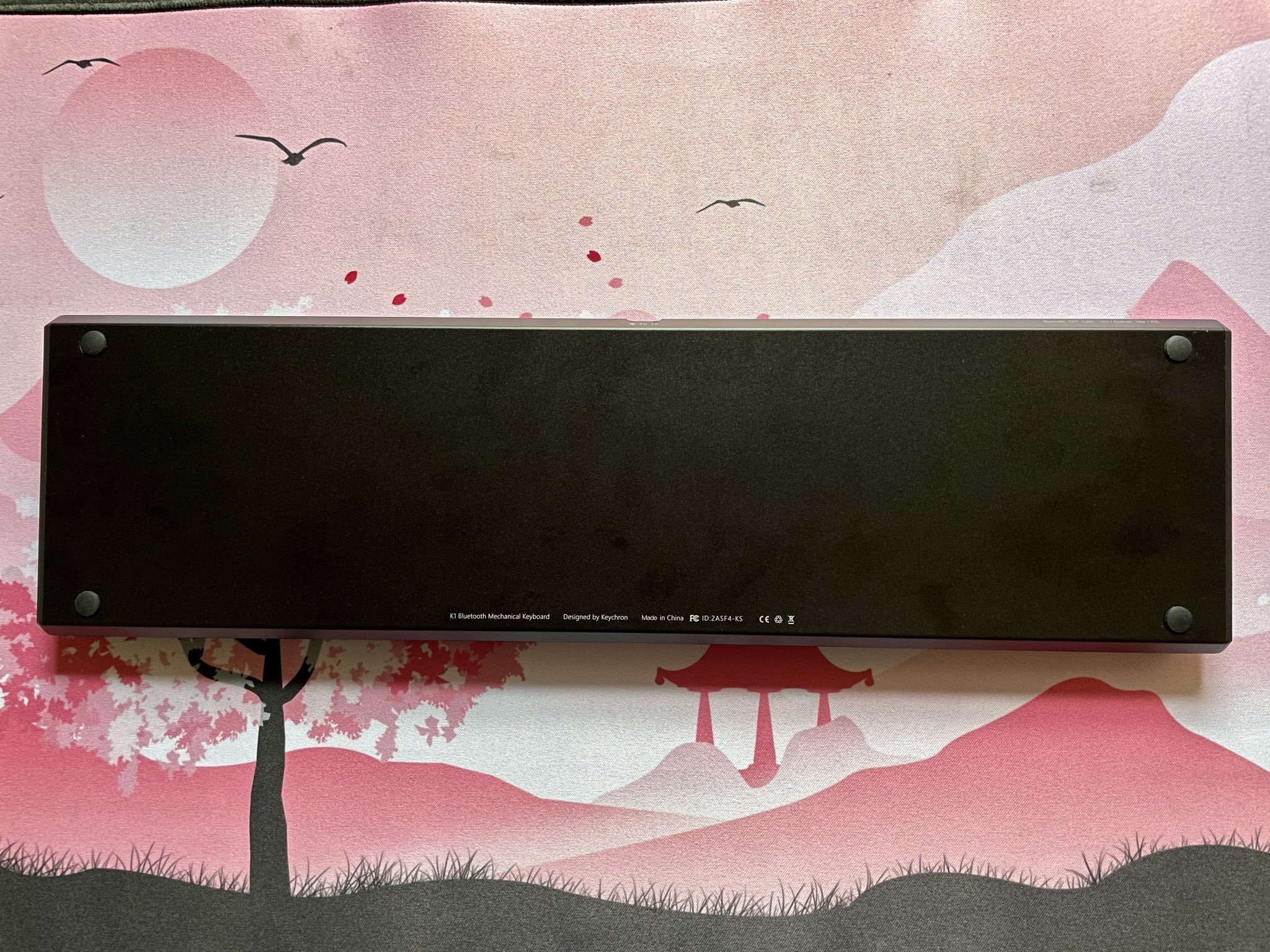
My biggest issue with the K1 V4 is the fact that finding different keycap sets for it is almost impossible. While the mechanical keyboard world has a ton of different group buys for custom sets and there's plenty of readily-available keycap sets from Amazon and other retailers, none of them are low-profile. I've searched, but there's really nothing out there for the low-profile Gateron switches that the K1 uses. In fact, there's just the K1 keycap set that Keychron sells, but that's about it. If you're wanting to mod your K1 V4 with custom keycaps, you're out of luck.
It is also standard for Keychron, but the default keycap set for the K1 (as well as the standalone I just mentioned) are made with ABS plastic material, which is smooth and not textured. This also means that it gets shiny over time, due to the natural oils on our fingers. I'm not a big fan of ABS caps, so I'm disappointed that I can't pick up a PBT keycap set since the low-profile is impossible to find.
And while the K1 is fairly comfortable to type on due to the low profile, there aren't any kickstands at the bottom to provide more of an angle to type on. Still, the K1 is low enough for your hands to sit comfortably, and there's no wrist rest required (unlike the K2).
The competition

When people think of "low profile keyboard," they probably think about Apple's Magic Keyboard first. And the Magic Keyboard is great if you prefer a quiet, minimalistic keyboard with the least travel between pressing a key to having it register as a stroke, but it's just not as satisfying. Other alternatives include Satechi's Backlit Bluetooth Keyboard, which a few of iMore staff prefer over the Magic Keyboard. Still, for me, I prefer mechanicals and the K1 V4 is the best low-profile mechanical keyboard.
Keychron K1 V4 review: Should you buy

You should buy this if ...
You use the Magic Keyboard but want something mechanical but comfortable
Like I said, the Keychron K1 V4 is a great middle-ground for those who use the Magic Keyboard but want to get into the mechanical world. The low profile design is sleek, minimalistic, and comfortable to type on, while the Gateron Low Profile switches provide satisfying feedback. It's also more quiet than most mechanical keyboards.
You want a Mac-centric and wireless keyboard
One of Keychron's best features is that it works flawlessly with Macs, and it is also wireless thanks to Bluetooth. The K1 V4 comes with Mac keys by default, but you can switch out to Windows keys with the included caps and puller. The entire function row uses dedicated macOS functionality. The wireless capability lets you connect up to three devices, and you can easily switch with the toggles.
You want an affordable keyboard with options
The K1 V4 starts at just $69, so it's a very affordable keyboard. Plus, you can choose between Gateron Low Profile Red, Blue, or Brown switches, white or LED backlight, and whether you want 87-key TKL or full 104-key sizes.
You should not buy this if ...
You want to customize the keycaps
Unfortunately, there are barely any options out there for low profile keycaps. If you want to customize the aesthetic of the K1 V4, you're out of luck. The default caps are also ABS plastic, so they will get shiny over time.
You prefer loud keyboards
The K1 V4 low profile switches are much quieter than traditional mechanical keyboards because of less travel distance required when typing. This may not be a good thing, depending on what you prefer.
You want more of an angle to type on
There are no kickstand feet at the bottom of the board to provide more incline to type on. There is a slight incline by default with the low profile, slim body, but it's very negligible.
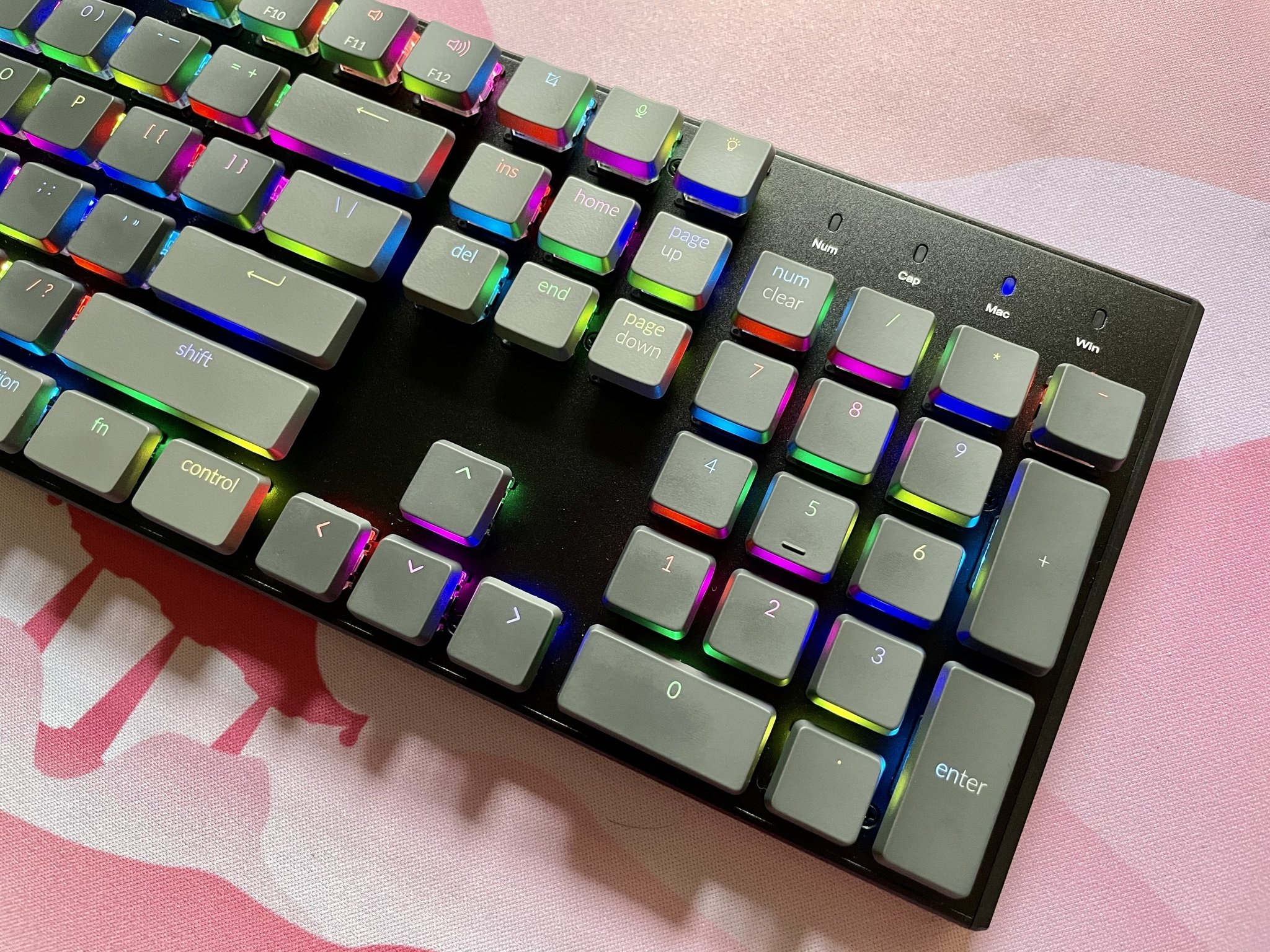
If you're an Apple Magic Keyboard user who wants to dip their toes into the world of mechanical keyboards, the Keychron K1 V4 is a fantastic choice to go with. It's comfortable to type on, fairly quiet but still tactile, slim with all of the bells and whistles, and it works great for Mac and pretty much anything with wireless. But if you want to customize and prefer hearing every loud keystroke click, then you should go with the Keychron K2 instead.
Still, the K1 V4 is a very affordable keyboard, and it comes in two sizes, three switch options, and two backlight choices. It's a great transitioning mechanical keyboard for those coming from something like the Apple Magic Keyboard, and with either the TKL or full size option, it'll cover your needs no matter what.

Bottom line: The Keychron K1 V4 is a slim, low profile mechanical keyboard that works great for Macs and other devices with wireless Bluetooth capability and is comfortable (and quiet) to type on. You can choose between 87-key TKL or 104-key full sizes, white or RGB backlighting, and Gateron Low Profile Red, Blue, or Brown switches.
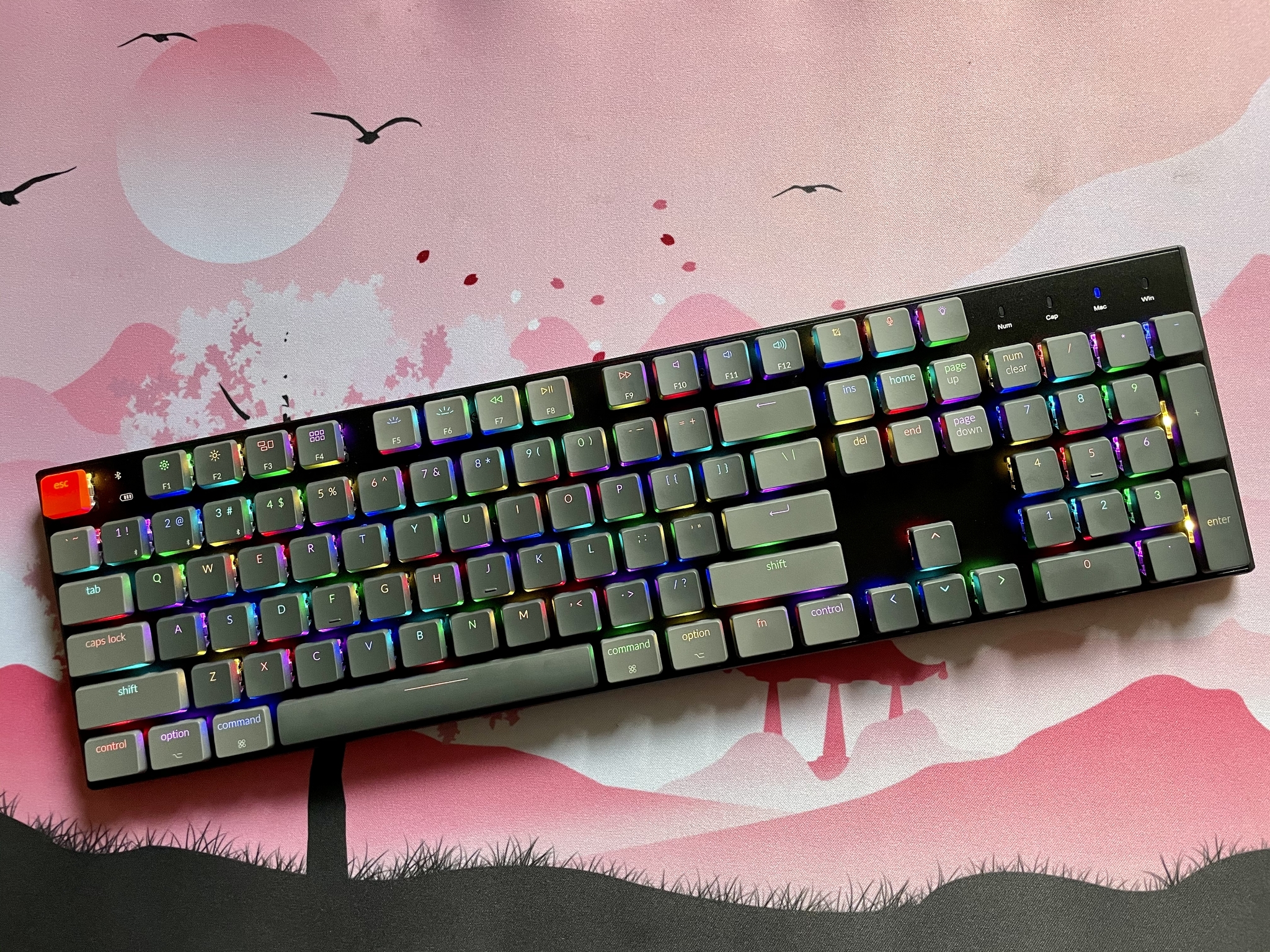





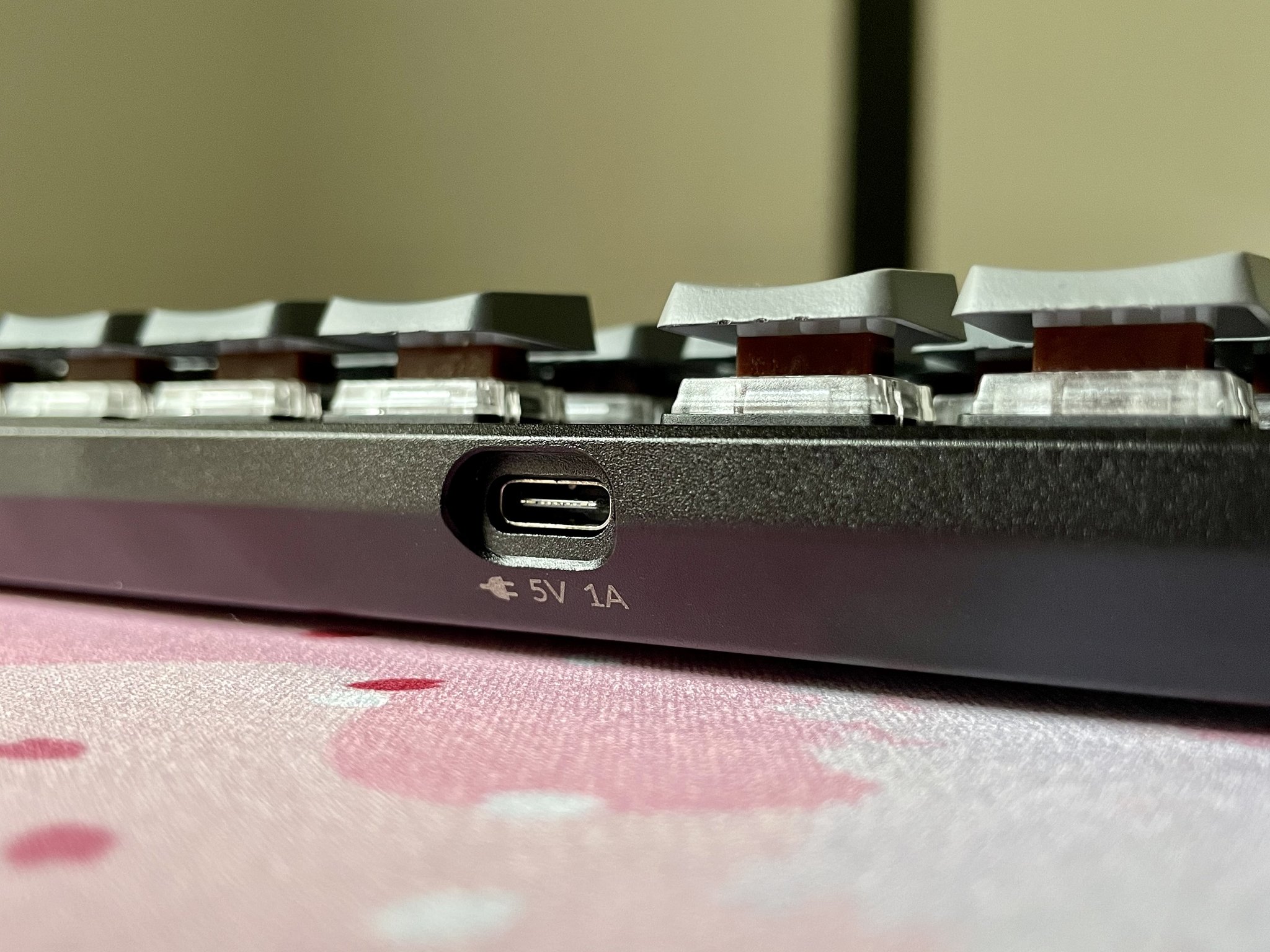

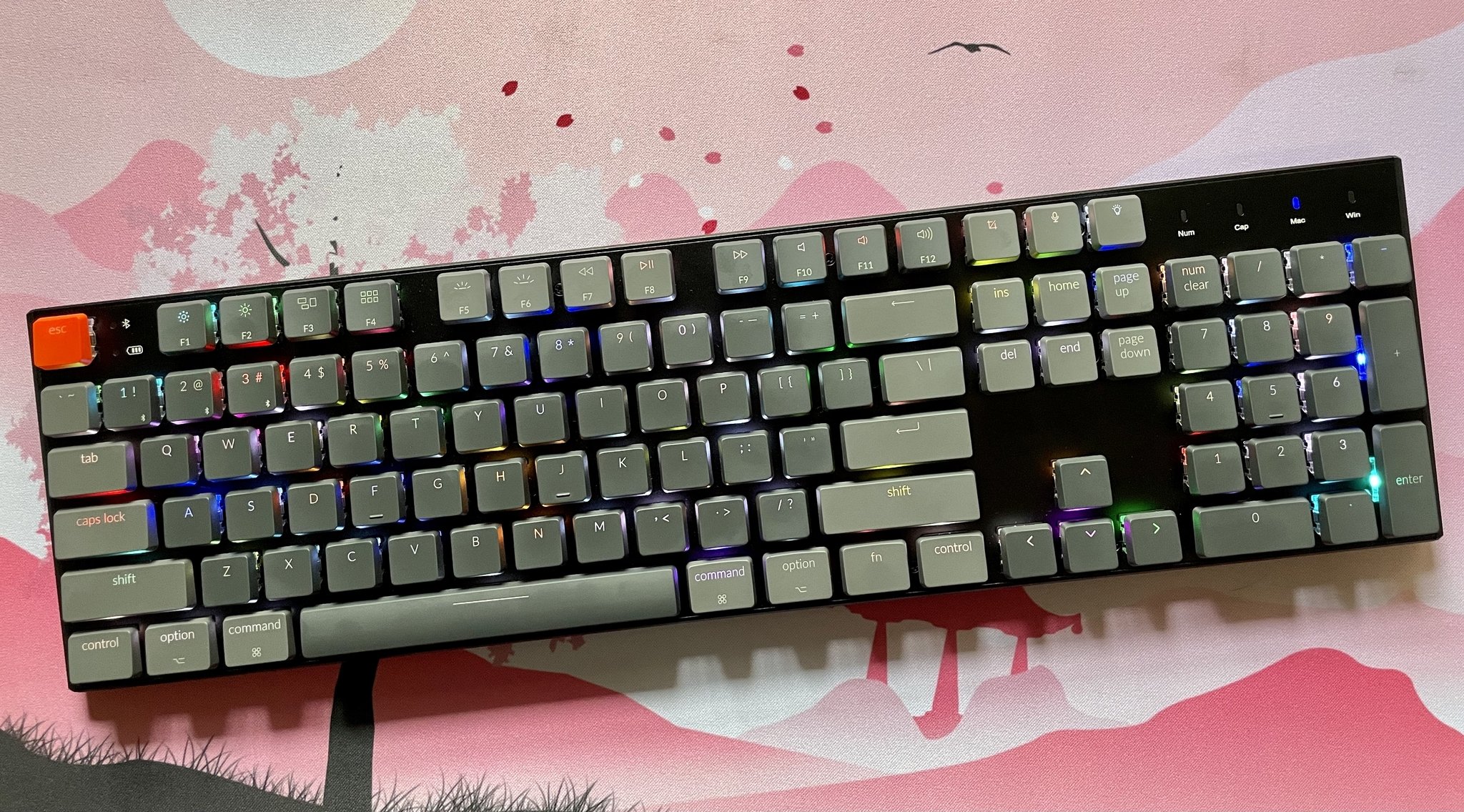
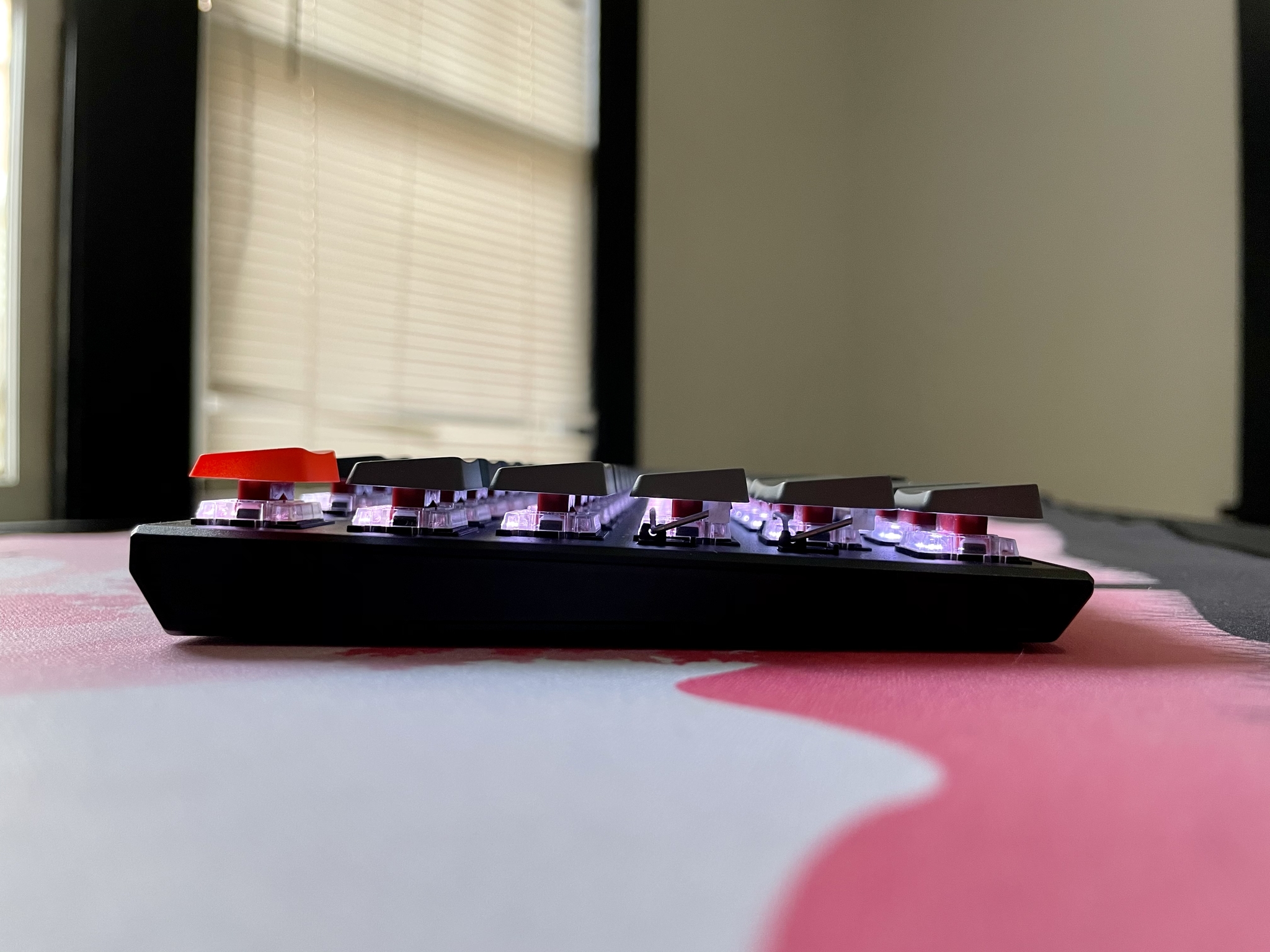
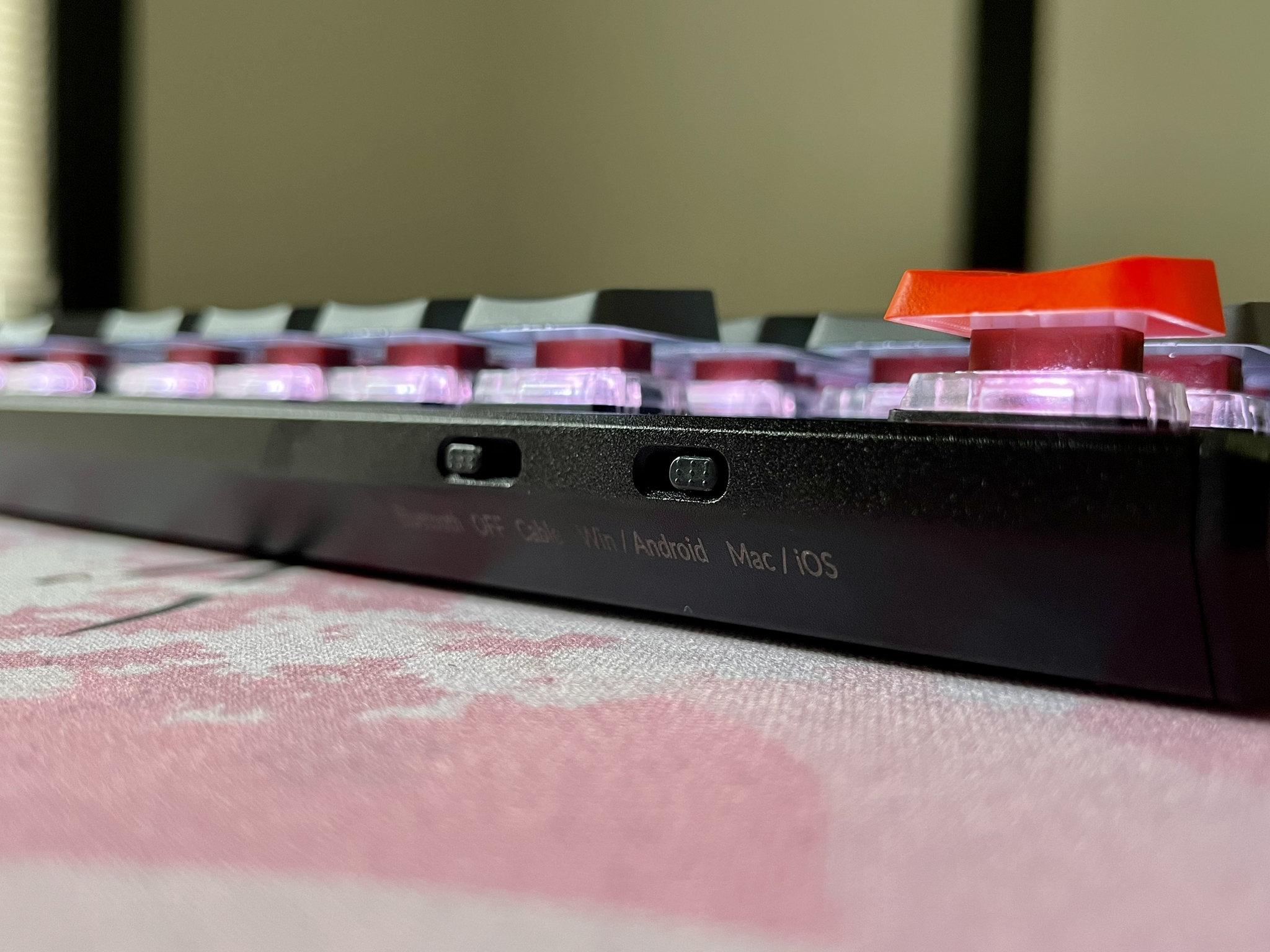




Christine Romero-Chan was formerly a Senior Editor for iMore. She has been writing about technology, specifically Apple, for over a decade at a variety of websites. She is currently part of the Digital Trends team, and has been using Apple’s smartphone since the original iPhone back in 2007. While her main speciality is the iPhone, she also covers Apple Watch, iPad, and Mac when needed.
When she isn’t writing about Apple, Christine can often be found at Disneyland in Anaheim, California, as she is a passholder and obsessed with all things Disney, especially Star Wars. Christine also enjoys coffee, food, photography, mechanical keyboards, and spending as much time with her new daughter as possible.

